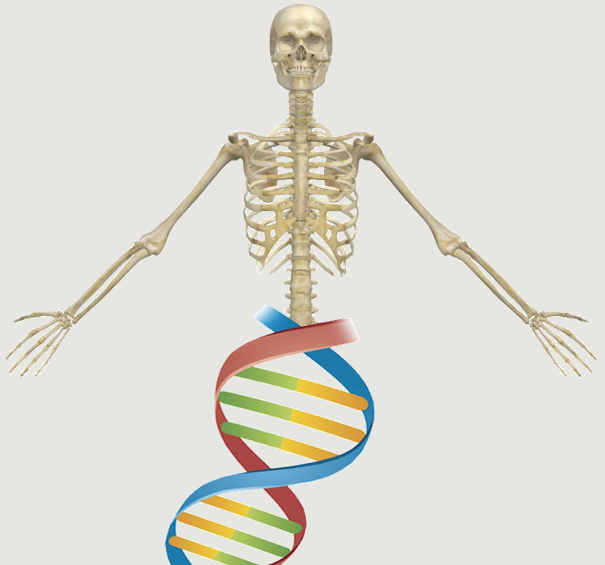Citation:
Abstract:
A major parameter determining the success of a bone-grafting procedure is vascularization of the area surrounding the graft. We hypothesized that implantation of a bone autograft would induce greater bone regeneration by abundant blood vessel formation. To investigate the effect of the graft on neovascularization at the defect site, we developed a micro-computed tomography (microCT) approach to characterize newly forming blood vessels, which involves systemic perfusion of the animal with a polymerizing contrast agent. This method enables detailed vascular analysis of an organ in its entirety. Additionally, blood perfusion was assessed using fluorescence imaging (FLI) of a blood-borne fluorescent agent. Bone formation was quantified by FLI using a hydroxyapatite-targeted probe and microCT analysis. Stem cell recruitment was monitored by bioluminescence imaging (BLI) of transgenic mice that express luciferase under the control of the osteocalcin promoter. Here we describe and demonstrate preparation of the allograft, calvarial defect surgery, microCT scanning protocols for the neovascularization study and bone formation analysis (including the in vivo perfusion of contrast agent), and the protocol for data analysis. The 3D high-resolution analysis of vasculature demonstrated significantly greater angiogenesis in animals with implanted autografts, especially with respect to arteriole formation. Accordingly, blood perfusion was significantly higher in the autograft group by the 7(th) day after surgery. We observed superior bone mineralization and measured greater bone formation in animals that received autografts. Autograft implantation induced resident stem cell recruitment to the graft-host bone suture, where the cells differentiated into bone-forming cells between the 7(th) and 10(th) postoperative day. This finding means that enhanced bone formation may be attributed to the augmented vascular feeding that characterizes autograft implantation. The methods depicted may serve as an optimal tool to study bone regeneration in terms of tightly bounded bone formation and neovascularization.
Notes:
1940-087x Cohn Yakubovich, Doron Tawackoli, Wafa Sheyn, Dmitriy Kallai, Ilan Da, Xiaoyu Pelled, Gadi Gazit, Dan Gazit, Zulma R01 DE019902/DE/NIDCR NIH HHS/United States DE019902/DE/NIDCR NIH HHS/United States Journal Article Research Support, N.I.H., Extramural Research Support, Non-U.S. Gov't Video-Audio Media United States J Vis Exp. 2015 Dec 22;(106):e53459. doi: 10.3791/53459.

